Looking to install cedar siding on your house? You’re in for a treat! Cedar siding is a beautiful, natural material that can really enhance the look of your home. But there are also some pros and cons to consider before making a decision. In this article, we will discuss everything you need to know about cedar siding before making a decision. We’ll cover the benefits, drawbacks, and installation process, so you can make an informed choice about whether or not cedar siding is right for you!
Natural Beauty
Adding cedar siding to your house can bring a natural, rustic aesthetic that stands out from the crowd. Cedar is one of the few wood options available for exterior use and it’s renowned for its beauty and durability. Its knotty texture provides an interesting contrast to the smooth surfaces of other materials like vinyl or aluminum, while its warm hues give your house a unique character that sets it apart from others in the neighborhood. [1]
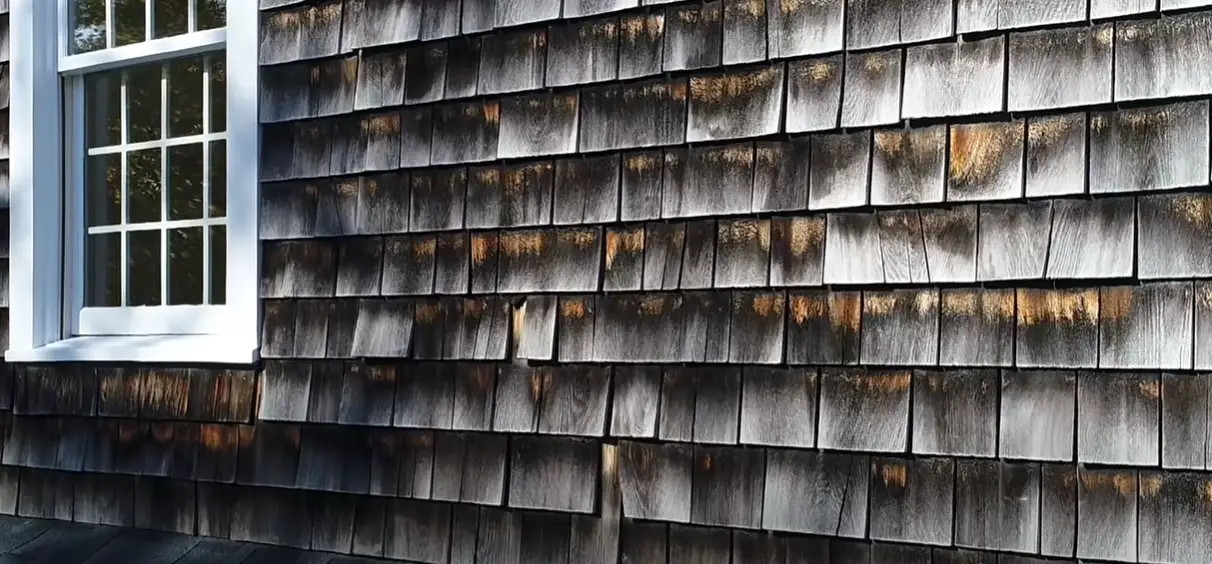
Comes in a Variety of Styles
Cedar comes in a variety of styles and sizes. Whether you’re looking for traditional shingles, lap siding, board-and-batten, or shake siding, there’s sure to be an option that fits your needs and budget. You can also choose from different grades of cedar to suit your tastes—from clear and knotty to premium grade selections.
Good Insulator
One of the major benefits of opting for cedar siding is that it provides excellent insulation. This means that your home is better able to maintain a consistent temperature throughout all seasons, reducing the amount of energy you need to both heat and cool the space. In addition, natural cedar wood siding can be treated with a special type of sealant which helps protect against moisture damage while still allowing air to flow through freely. This makes it an ideal choice for areas that are prone to higher levels of humidity or even light rains and snow.
Environmentally Friendly
Cedar siding is also an environmentally friendly choice. The wood is harvested from sustainably managed forests, and it can be recycled after its initial use. Additionally, cedar has a low carbon footprint compared to other building materials like vinyl and aluminum, so when you opt for cedar siding, you’re helping reduce your home’s environmental impact.
Insect Resistant
Cedar siding is naturally resistant to insects and other pests, which can be beneficial for homeowners who are looking for a long-term option. The wood’s resistance helps protect it from rot and decay caused by these bugs, meaning the siding will last longer without needing repairs or replacements. However, it’s important to note that cedar siding may not be enough of a deterrent for termites – in this case, it’s best to use an insecticide or other preventative measures in addition to the siding.
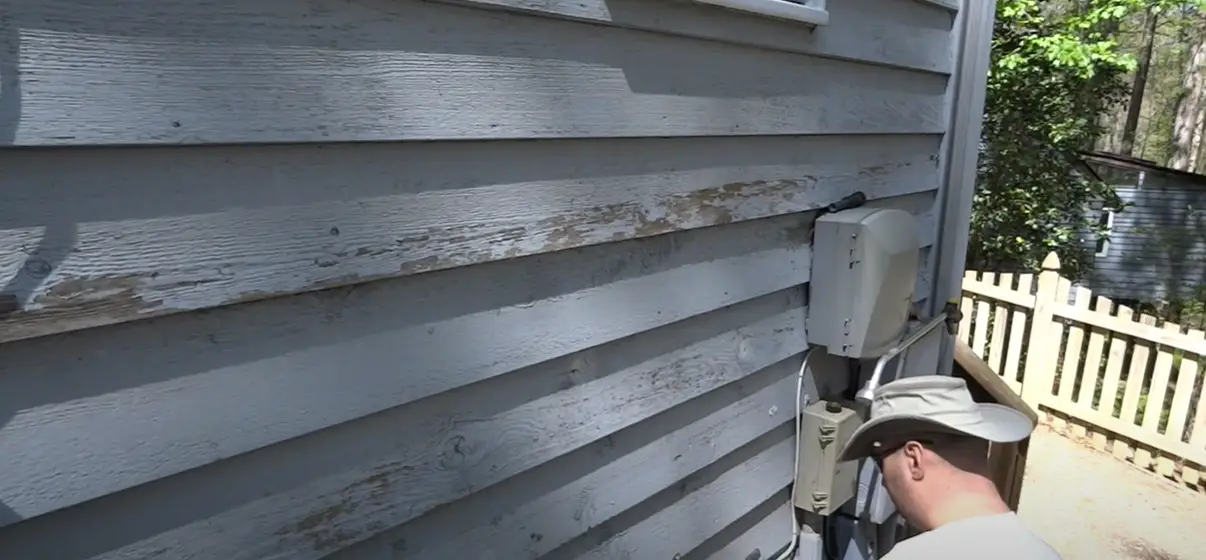
Requires Significant Maintenance
One of the biggest drawbacks to cedar siding is that it requires a significant amount of upkeep. The wood must be treated with a sealant every few years in order to protect it from moisture damage and keep its beautiful color. Additionally, the surfaces should be cleaned regularly to help prevent dirt buildup and discoloration.
Fire Risk
One aspect of cedar siding that you should consider is the fire risk. Cedar wood is highly flammable, meaning it can easily catch fire and the flames can spread quickly. The danger increases significantly if your home has cedar siding near other types of combustible materials such as dry leaves or other wood shingles. It’s also important to note that certain forms of cedar siding are treated with flame retardant chemicals. This treatment can help reduce the fire risk, but it must be maintained to remain effective over time.
Prone to Rot and Insects
Cedar siding on a house is not as resilient to rot and infestations of insects as other types of external cladding. Cedar siding might be more prone to water damage and rot than other siding materials due to its natural tendency to absorb moisture, making regular maintenance essential. Additionally, the wood is susceptible to certain types of pests such as carpenter ants and termites. To help ensure the longevity of cedar siding, it should be treated with preservatives or sealants that offer protection against weather and pests.
Bad Reaction with Iron
Unfortunately, not all cedar siding is created equal. One drawback to using cedar siding is that it can react with iron nails and screws, resulting in corrosion around the fastening elements. This corrosion makes your house look unattractive and can cause damage down the line if left unchecked. To prevent this issue, you should use stainless steel or galvanized nails and screws when attaching the siding boards together.
Costly
Cedar siding is a reasonably expensive choice for your home’s exterior. The materials themselves can be costly, as well as the additional labor needed for installation and upkeep. Additionally, if you opt for pre-stained or treated boards, the cost of cedar siding will go up even further. It’s important to factor in all costs when deciding on cedar siding, including any additional treatments and maintenance that may be required down the line.
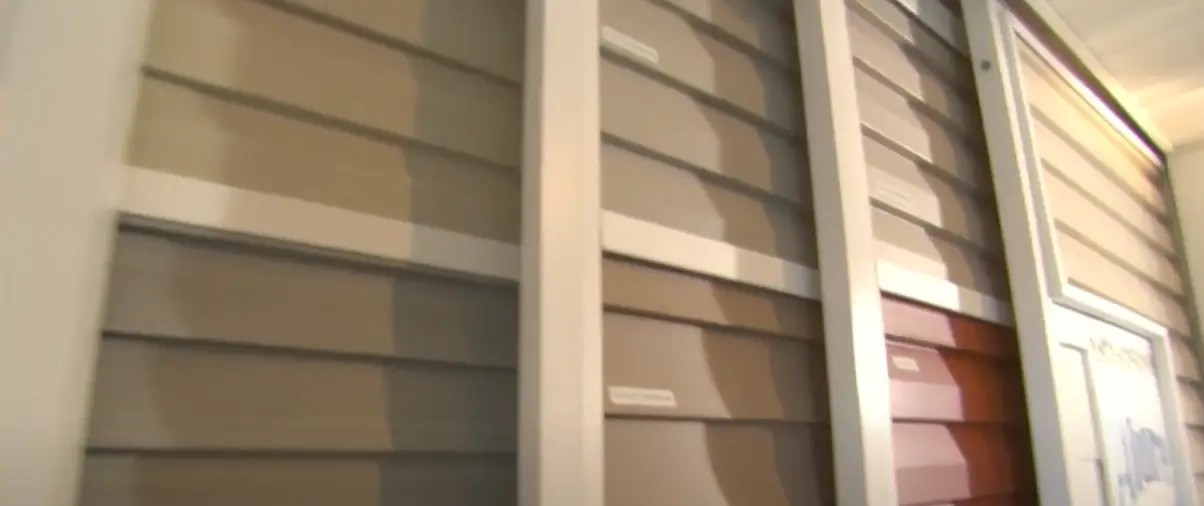
Cedar Compared to Other Types of Siding
Cedar siding is just one of the many options available when it comes to cladding your home. There are a variety of other siding materials that may be better suited for certain climates, budgets, and aesthetics. Vinyl, aluminum, and engineered wood are all popular alternatives that offer similar benefits but with slightly different drawbacks.
Overall, cedar siding has its advantages – including good looks and better insulation when compared to other materials. But it’s important to weigh the pros and cons before making your final decision, as some downsides should be taken into consideration.
Other Types of Wood
In addition to cedar, there are several other types of wood used for siding, including redwood and cypress. These woods offer a variety of benefits as well, such as resistance to rot and insects. However, they also come with their own set of drawbacks that must be taken into consideration when making the decision on which type of wood is best for your home’s exterior.
Fiber Cement Siding
Fiber cement siding is another popular choice when it comes to cladding the exterior of a home. This material is composed of wood pulp and Portland cement, making it durable and resistant to decay, fire, and insects. It requires little maintenance over time – saving you both money and hassle – but does come with a higher initial cost than other materials.
Vinyl Siding
Vinyl siding is a common and budget-friendly choice when it comes to exterior cladding. It’s relatively easy to install and maintain, although the material itself can be susceptible to fading, cracking, or other types of damage over time. Vinyl also doesn’t offer much in terms of insulation – but if you’re looking for an affordable option that requires minimal upkeep, this could be the right choice for your home.
Aluminum
Aluminum siding is another popular option – and it’s easy to see why. This material offers good insulation, requires minimal upkeep, and is relatively affordable compared to other materials. One potential downside is that aluminum can dent or scratch more easily than other types of siding.
Cedar Siding Maintenance
Once you’ve decided on cedar siding for your home, it’s important to understand the maintenance and upkeep involved. The most important step is to inspect and clean the boards regularly – at least once a year. This will help prevent any issues caused by mildew or rot.
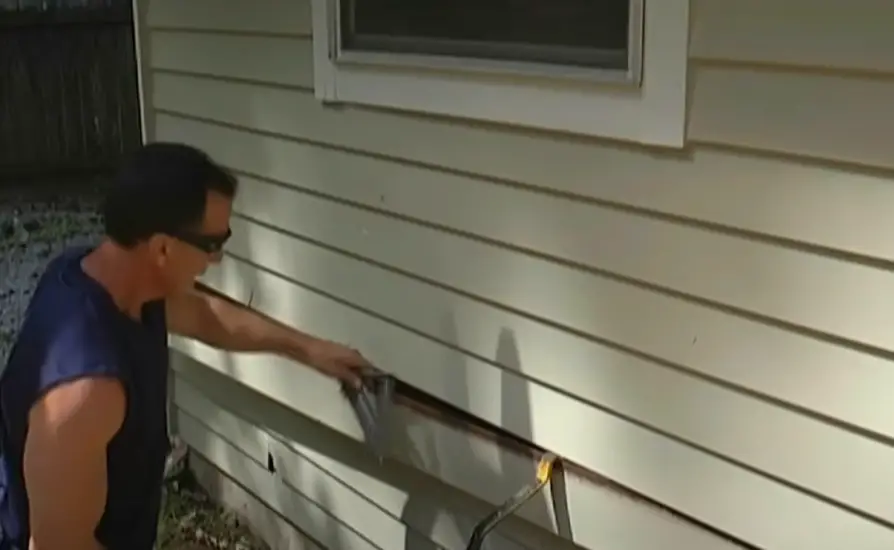
You should also use high-grade sealants to protect against weather damage. Re-staining or re-sealing the boards every few years can also help keep them looking their best for longer. Finally, make sure all nails and screws are rust proofed to avoid corrosion over time.
Power wash every two to four years
Cedar siding on a home requires special attention and care in order to maintain its beauty and longevity. One of the most important maintenance tasks for cedar siding is to power wash it every two to four years depending on the climate you live in and the amount of sun exposure your home receives. Power washing will help remove any dirt or debris that has built up, as well as mold or mildew that may have begun growing on the surface. After power washing, make sure to apply a water repellent sealer or stain designed specifically for cedar wood to protect your siding from future damage.
Stain or paint as needed, usually every three to five years
In addition to regular power washing, you should also consider staining or painting your cedar siding every three to five years. This will help protect the wood from harsh weather and UV rays, as well as preserve its natural beauty for longer.
Extractive bleeding
Finally, one of the most important things to keep in mind with cedar siding is that it may experience what’s known as “extractive bleeding.” This is a process by which natural tannins present in cedar wood are released during weathering and come up to the surface, leaving behind an oily residue that can discolor your siding. To prevent this, you should apply a coat of sealant over the boards before they are installed to help protect them from extractive bleeding.
Iron stains caused by iron fasteners
If you’re using iron fasteners to install your cedar siding, it’s important to keep an eye out for any staining that may occur. Iron can cause discoloration on the wood and should be avoided if possible. If you do need to use iron fasteners, make sure they are treated with a rust-proof coating before installation to protect against staining.
Chalking
Cedar siding can also be prone to “chalking” – a process by which the wood’s natural oils are released and result in a white, powdery residue on the surface of the wood. To prevent this from happening, make sure to keep your cedar siding clean and free of dirt and debris, as well as apply sealant or stain regularly.
Peeling, flaking or blistering
Finally, you may also want to keep an eye out for peeling, flaking or blistering of your cedar siding. This is usually caused by moisture being trapped beneath the boards and can lead to mold growth, so it’s important to inspect your siding regularly and address any issues as soon as they arise.
Cedar Siding Grades
When it comes to selecting cedar siding for your home, it’s important to understand the different grades available. The two most common are clear and knotty grades – the former has fewer knots in the wood, while the latter is more “rustic” looking with a higher level of variation in appearance.
In addition to these two main grades, there are also select and premium grades that have even fewer knots than clear grade boards and are even more consistent in appearance. [4]
Clear Heart Cedar
You may want to consider clear heart cedar siding for your home. This is the most expensive grade available and has a very consistent appearance with no visible knots or other flaws. It’s also the best choice for homes that are located in areas prone to rot or decay as it is more resistant than other grades of cedar siding.
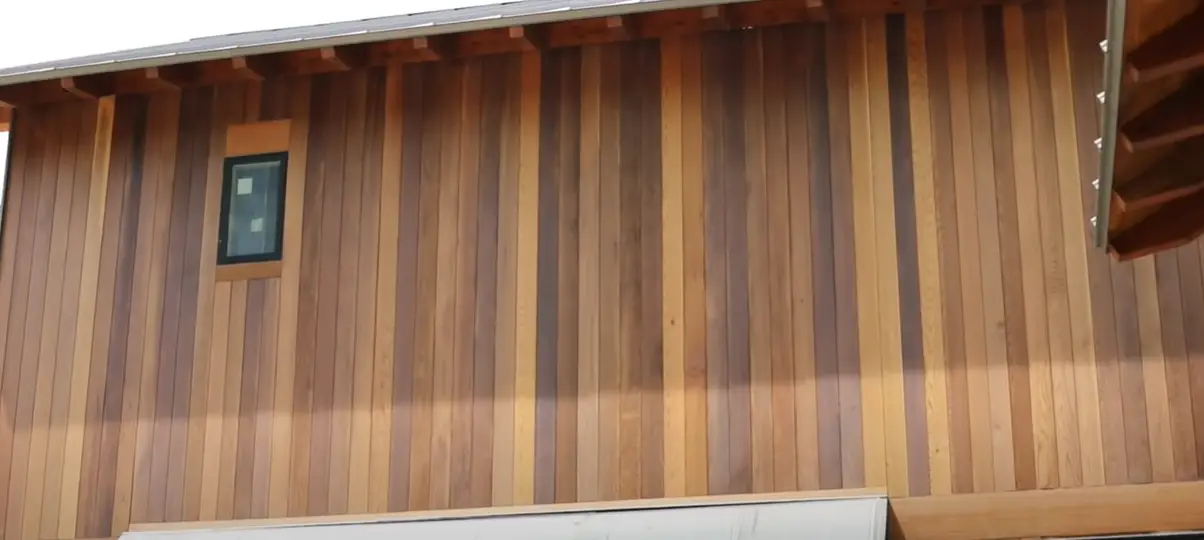
A Clear Cedar
Cedar siding is an excellent choice for any home – regardless of whether it’s a newly constructed or existing residence. Not only does it offer superior protection from the elements, but its natural beauty and durability make it a great long-term investment that can add value to your home.
B through D Clear Cedar
From clear through knotty grades, there are many different types of cedar siding available to choose from. As with any other type of siding, it’s important to consider the grade and quality of the boards you select – higher-grade options will offer superior protection and a more consistent appearance in the long run.
Rustic Cedar
If you’re looking for something a bit more rustic, you may also want to consider cedar shingles or shakes. These are thinner than traditional cedar siding boards, but still offer excellent durability and protection from the elements. They can also be a great way to add texture and character to your home’s exterior.
Select Knotty Cedar
If you’re aiming for a rustic, natural look for your home’s exterior, knotty cedar siding is an excellent choice. Knotty cedar siding has imperfections such as knots, open grain texture, and varying surface levels that make it unique compared to other materials. Knotty cedar also showcases charming irregularities in its natural color tones. This type of siding is available in several different cuts, so you can choose the one that works best with your design style.
Quality Knotty Cedar
When it comes to selecting knotty cedar siding, quality is key. Make sure that you select boards with straight edges and uniform shapes – this will help ensure a professional-looking finish. Additionally, check for any signs of defects such as cracks or splits before installing the siding – these can weaken the integrity of the boards and make them more prone to weather damage in the long run.
Cedar Siding on House: A Comprehensive Guide
Cedar siding is a popular choice for homes due to its natural beauty and durability. Below, we provide a comprehensive guide to cedar siding, covering its characteristics, benefits, maintenance, and more to help you make informed decisions about using cedar siding for your house.
| Aspect | Information |
|---|---|
| Material | Cedar siding is crafted from the wood of cedar trees, known for its natural resistance to decay and insects. |
| Appearance | Cedar siding offers a warm and rustic appearance, with variations in color and grain that enhance curb appeal. |
| Types | Options include bevel, tongue and groove, and shake/shingle styles, each with distinct profiles and looks. |
| Durability | Cedar’s natural oils and compounds provide resistance to decay, insects, and moisture, making it durable. |
| Maintenance | Regular maintenance, such as staining or sealing, is necessary to preserve cedar’s appearance and durability. |
| Insulation | Cedar siding provides good insulation, helping regulate indoor temperatures and reducing energy costs. |
| Cost | Cedar siding is typically more expensive than other siding materials due to its quality and unique properties. |
| Environmental Impact | Cedar is a renewable resource, and sustainably harvested cedar siding can have a lower environmental impact. |
| Installation | Professional installation is recommended due to the precision required for proper alignment and sealing. |
| Staining and Finishing | Staining enhances cedar’s natural beauty while providing additional protection against the elements. |
Explanation of the Table:
- Material: Describes cedar siding’s composition from cedar wood.
- Appearance: Highlights cedar siding’s aesthetic qualities.
- Types: Mentions various styles of cedar siding.
- Durability: Discusses cedar’s resistance to decay, insects, and moisture.
- Maintenance: Explains the importance of regular upkeep.
- Insulation: Mentions cedar’s insulation properties.
- Cost: Compares cedar siding costs to other materials.
- Environmental Impact: Covers cedar’s eco-friendliness as a renewable resource.
- Installation: Recommends professional installation.
- Staining and Finishing: Describes how staining can enhance appearance and protection.
By understanding these aspects of cedar siding, you can confidently explore its benefits and considerations for your house’s exterior.
FAQ
Is cedar siding worth keeping?
Yes, cedar siding is worth keeping. Not only does it offer superior protection from the elements and a unique, rustic appearance, but it can also add value to your home in the long run. Plus, with proper maintenance and care, cedar siding can last for many years – making it an excellent investment for homeowners.
How often do you have to maintain cedar siding?
Cedar siding will benefit from annual maintenance to help protect it from the elements. This includes cleaning and staining/painting the siding regularly, as well as inspecting for any signs of damage or decay. With proper maintenance, cedar siding can last for many years – making regular upkeep a worthwhile investment.
Can you power wash cedar siding?
Yes, you can power wash cedar siding – however, it is important to use the correct settings. Too much pressure and heat can damage the siding boards, so be sure to consult a professional before using a power washer on your cedar siding. This will help ensure that your siding stays in top condition for many years! [4]
What are the benefits of using cedar siding on a house?
Cedar siding offers natural beauty, durability, and resistance to decay and insects. It has insulating properties and can enhance a home’s aesthetic appeal with its unique wood grain and color variations.
How does cedar siding hold up against the elements?
Cedar siding is naturally resilient against weather elements due to its natural oils that resist decay and moisture absorption. It can withstand sun, rain, and temperature fluctuations, making it suitable for various climates.
Does cedar siding require regular maintenance?
Yes, cedar siding requires regular maintenance to preserve its appearance and longevity. Maintenance includes staining or sealing every few years to protect against moisture and UV damage. Proper maintenance helps prevent rot and fading.
What is the typical lifespan of cedar siding?
With proper maintenance, cedar siding can last anywhere from 20 to 40 years or even longer. The lifespan depends on factors like climate, maintenance routine, and the quality of the wood.
Can cedar siding be painted or stained?
Yes, cedar siding can be painted or stained to achieve a desired color and finish. However, staining is often preferred as it allows the natural wood grain to show through, enhancing the rustic appearance of cedar.
How does cedar siding affect a home’s curb appeal?
Cedar siding can significantly enhance a home’s curb appeal due to its natural beauty and warmth. The wood’s unique patterns and colors lend a timeless and inviting aesthetic to the exterior of a house.
What should I know about cedar siding maintenance?
Regular maintenance includes cleaning, resealing, and refinishing. Check for signs of water damage, rot, or insect infestations during inspections. Cleaning can be done with a gentle detergent and soft brush, and refinishing involves applying a protective sealant or stain.
Is cedar siding environmentally friendly?
Cedar siding is considered environmentally friendly because it’s a renewable resource. Cedar trees grow relatively quickly, and proper harvesting and reforestation practices can make cedar siding a sustainable choice.
Are there any disadvantages to using cedar siding?
Cedar siding can be more expensive upfront compared to other siding materials. It requires regular maintenance and might be susceptible to woodpecker damage or cracking if not properly cared for.
Can cedar siding be used in all climates?
Cedar siding can be used in various climates, but it’s particularly well-suited for regions with moderate humidity and where proper maintenance can be carried out. In very humid or rainy climates, additional maintenance may be needed to prevent moisture-related issues.
Useful Video: All About White Cedar Shingles | Ask This Old House
Conclusion
Now that you know all there is to know about cedar siding, it’s time to take action. If your home needs a new siding material, cedar is definitely a great option to consider. It’s durable, affordable, and easy to find. Plus, it looks great! So what are you waiting for? Start shopping around for cedar siding today.
References
- https://homereference.net/cedar-siding-pros-cons/
- https://www.olivieriroofing.com/articles/cedar-shake-siding-pros-and-cons/
- https://www.homestratosphere.com/cedar-siding-pros-and-cons/
- https://www.timbertown.com/cedar-grades/





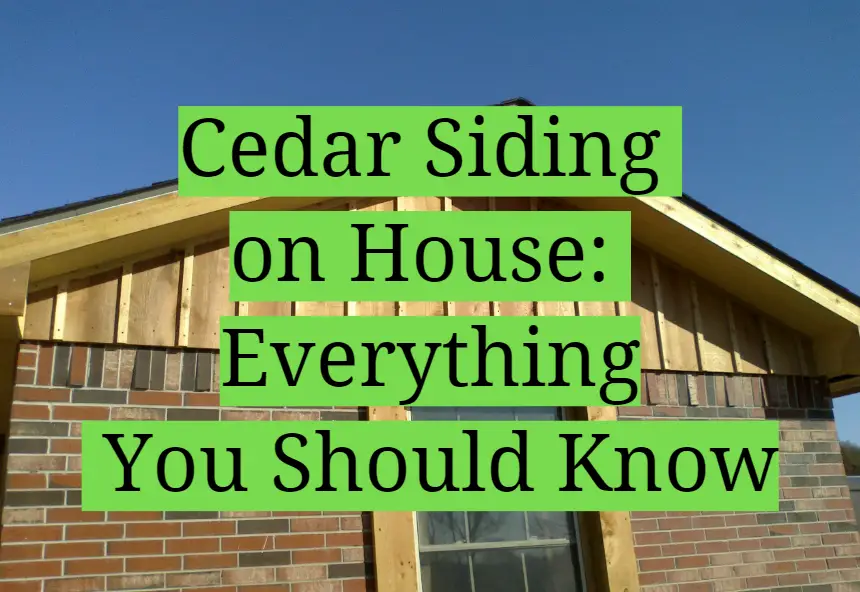




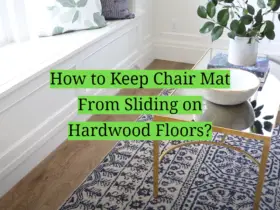
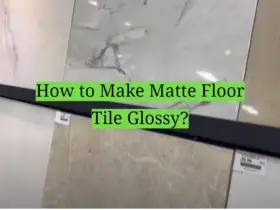

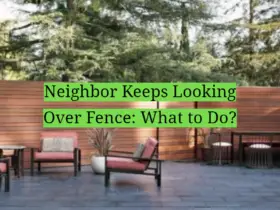
Leave a Reply